Since ancient times, the Drokpas, the nomadic herders, and the Lachenpas crossed the borders between Tibet and Sikkim seasonally, grazing their herds on the higher pastures of North Sikkim. During winter months they crossed over to Tibet combining trade with their annual migration, taking with them apples (then grown plentifully in the fertile Lachen valleys), kerosene, mirrors, ribbons and planks of wood for house-building, and on their return journey they brought barley, wool, Tibetan salt, blankets and carpets.
In 1962, this ancient migratory route was closed when war broke out between India and China. All of a sudden, Indian troops moved in, building bunkers and establishing outposts to guard the borders. Many Tibetan Drokpas were trapped on the Sikkim side.
In 1962, this ancient migratory route was closed when war broke out between India and China. All of a sudden, Indian troops moved in, building bunkers and establishing outposts to guard the borders. Many Tibetan Drokpas were trapped on the Sikkim side. A way of life was altered forever, and ever since, the Drokpas have been holding on to their traditional way of life on a terrain that has shrunk. For over half a century, the Tibetan Drokpas have been treated as guests by the Lachenpas. They provide their hosts with milk, cheese and meat, and occasionally also take care of their herds.
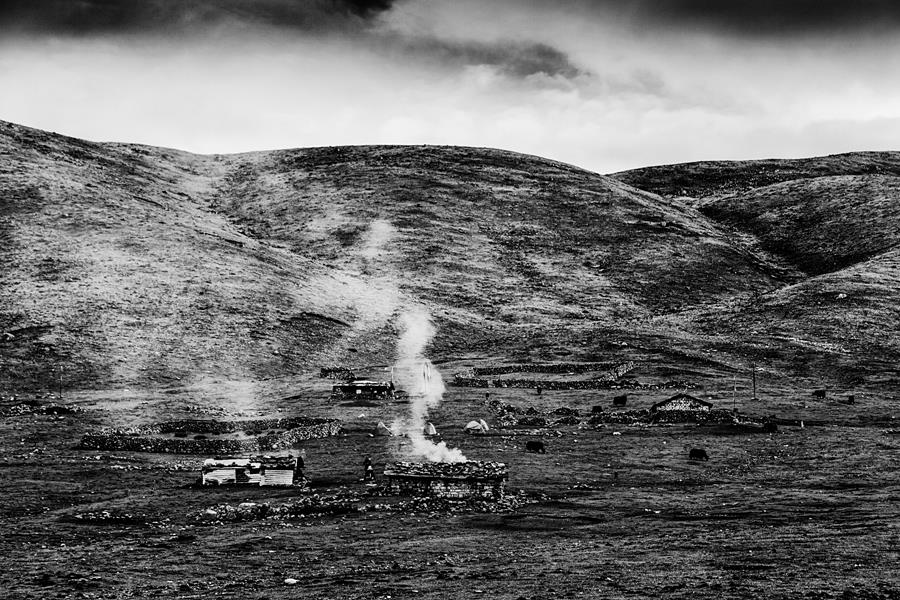
Now, the Drokpas move within North Sikkim, going as high as they can and then descending to the lower slopes according to seasonal changes. Along with the shrunken area, their herds are also dwindling. There are many factors for this, a major one being that the younger generation who have acquired a modern education and exposrd to alternative lifestyles are fast losing interest in this nomadic way of life on the harsh highlands. It is also difficult to find brides who can cope with the life of nomadic herders. Along with the restricted terrain, their numbers too have dwindled to about twelve families. They live permanently in Thangu, about 4,000 metres above sea level. But they move to Phalung, Lashar Changu Chu, Nimaten, Phalung, Tipta, Phyago, Yum Tsho, Tsho Lhamu and Gurudongmar. Earlier they lived in tents when they migrated, but now the skill of weaving tents is lost and they build stone houses.
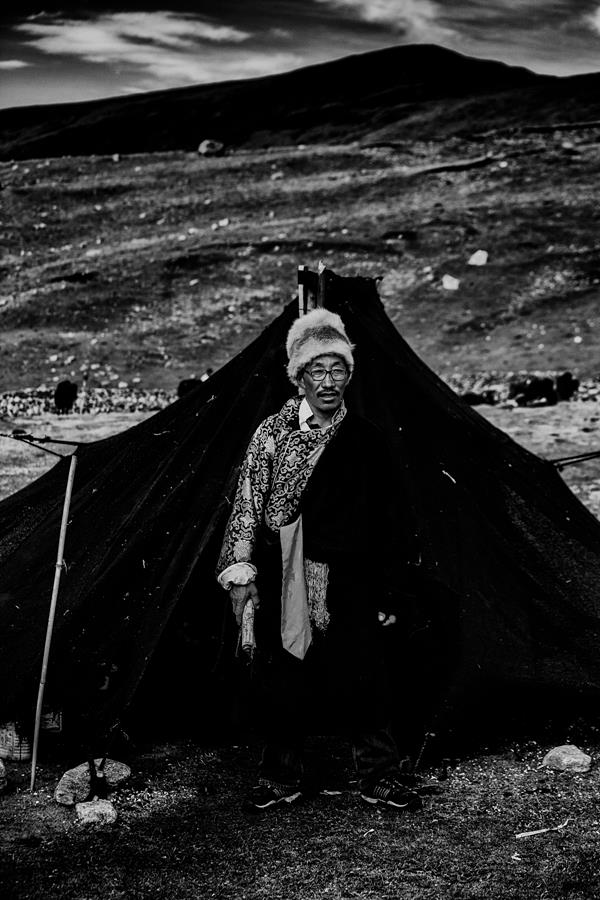
When it snows it is very difficult for both the animals and the people. The summer months are busy, especially in the mornings and evenings—grazing the animals, milking and churning to make butter and cheese. In the past they would visit each other’s houses and help with the churning. They sang, while they churned to keep count of the strokes. On reaching the seven-hundredth stroke, the butter would be formed. The Drokpas rely on the yaks for their sustenance, deriving food and fuel.
The highlight of their year is the Drukpa Tsheshi, celebrated in the month of July. It commemorates the event when the Buddha turned the wheel of Dharma for the very first time by delivering his first sermon to his disciples at Sarnath. This celebration is also a reaffirmation of the relationship between the Lachenpas and the Drokpas; the Lachen Pipon (head of the Dzumsa) accompanies the Lamas who preside over the rituals. The preparations begin early, making tormas (ritual figures made of flour and butter) and decorating the shrine. Like in many other rituals celebrated by other communities in Sikkim, this too asks for blessings from the presiding deities for peace and prosperity, good health and long life for all.

At the end of the ritual, there is the yak race, where the audience cheers the participants along. The winners are congratulated and presented with khadas. There are more games such as tug of war, shot put and weightlifting: all these games pointing to the physical strength that is needed to survive as a Drokpa. After the games, there is feasting and dancing and then the happy day of celebration comes to an end. The Drokpas gear up for another year of life on the highlands of North Sikkim.
Photo Gallery
(Click to enlarge)
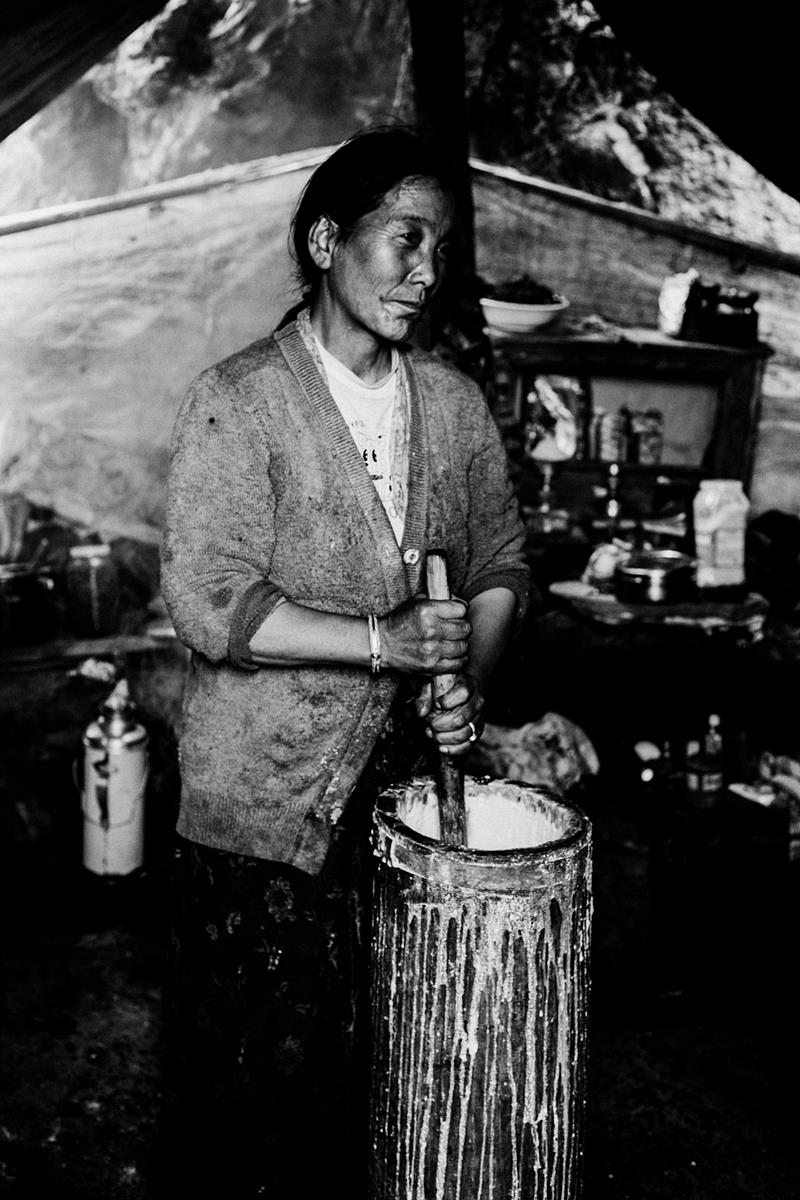
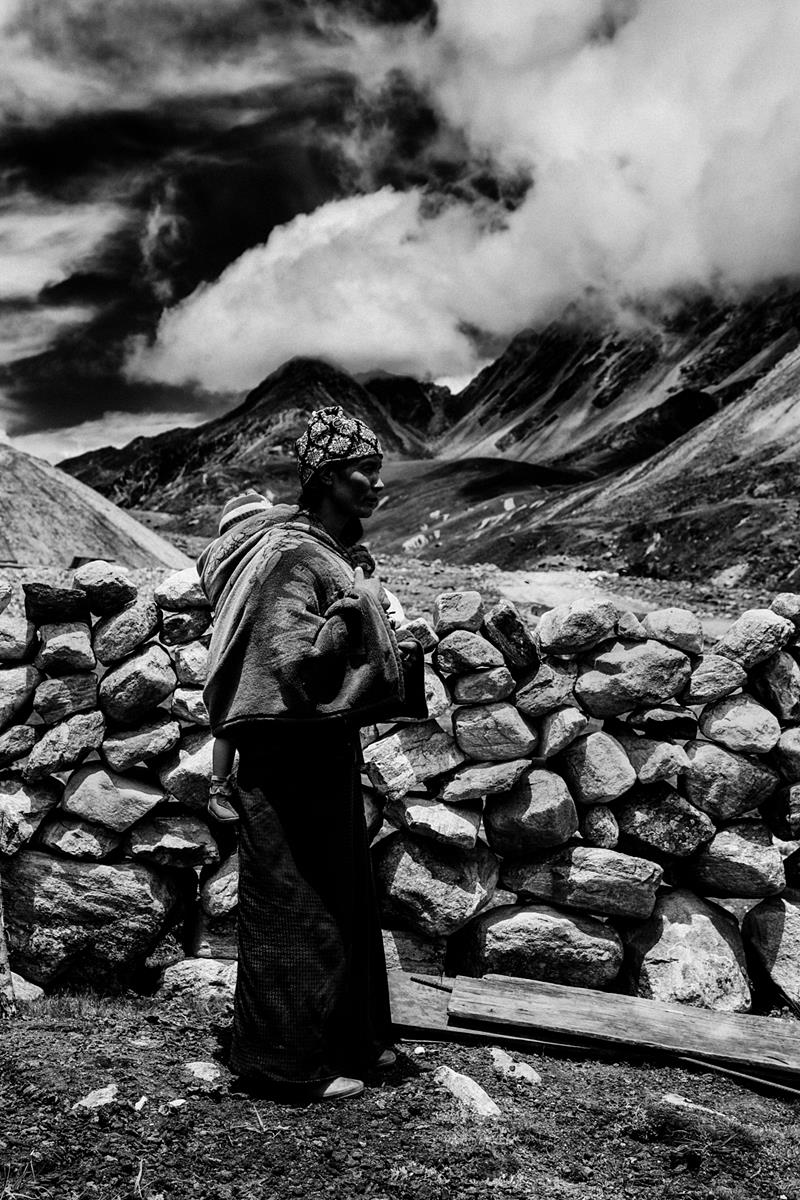

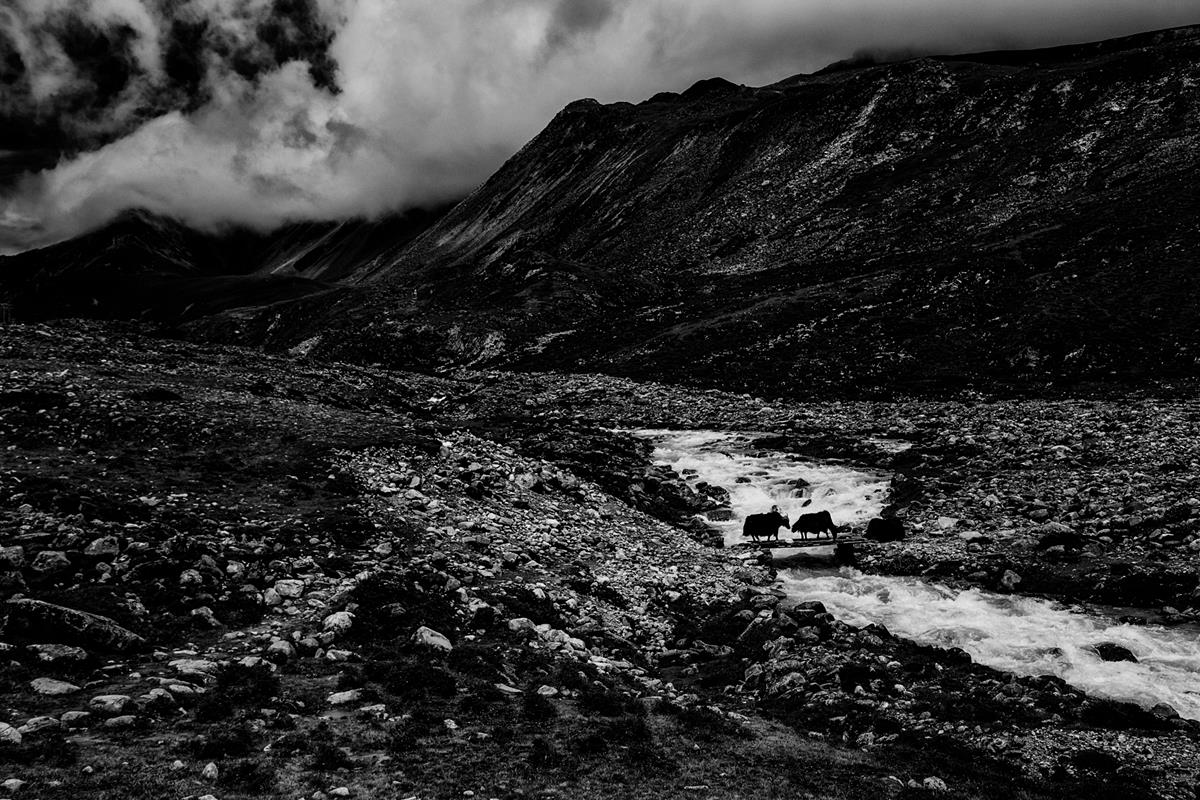
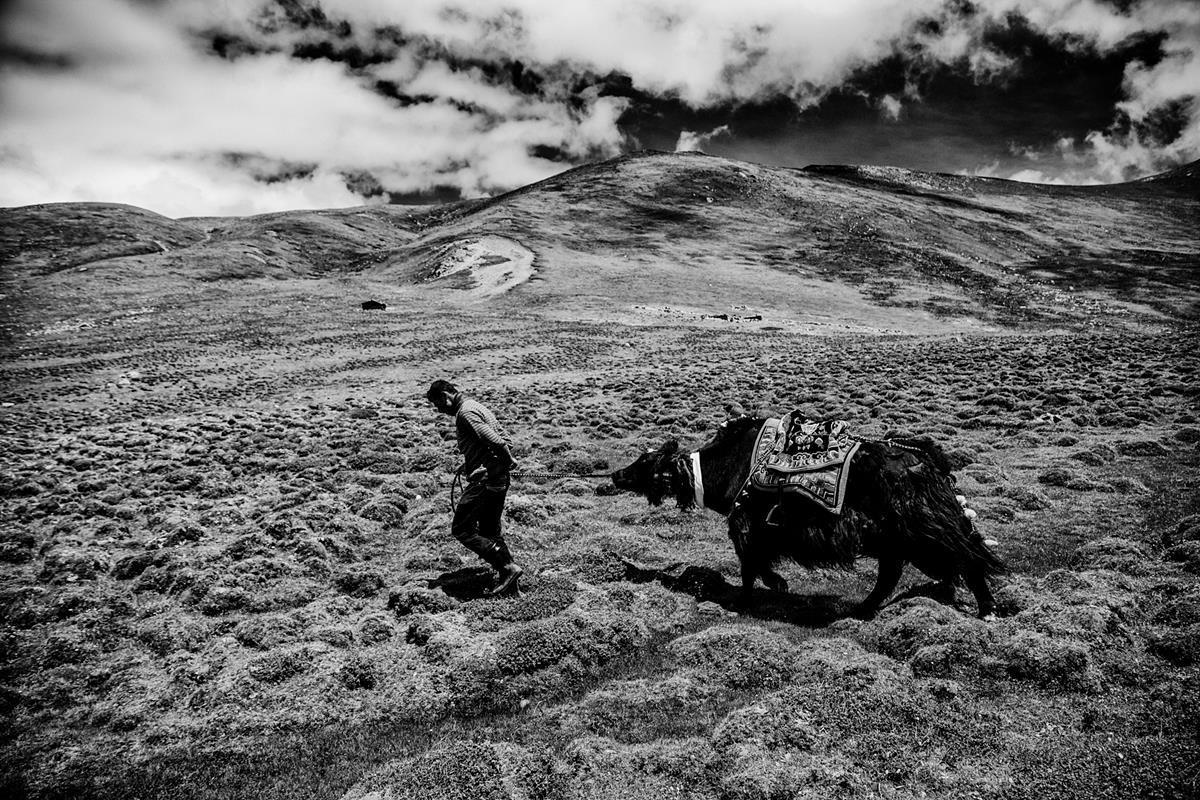



It was largely drokpas who manned the mule and yak caravans that were (and in a few places outside Chinese Tibet) still are the lifeblood for Himalayan villages. What a service they provided! Their physical prowess and their ability and willingness to solve the practical difficulties of their environment were legendary. i wrote a book about them and I am always thrilled to discover other people who recognize these people and their stories. The stories so deserve to be told! Thank you for helping to tell their tale.
One important information is missing in your documentary book.
1. Drokpas tribes still follows the Polyandry system.
Really nicely documented with full of information.
I wish the pictures where in color that would kept the world mesmerized by the beauty of Sikkim. Nevertheless, an important identity of Sikkim is well mapped here. I hope the tradition and culture survives.
Very informative and interesting article,
People should know the struggle and lifestyle of the Drokpas.
Pictures are amazing.
Informative & interesting facts!!
Such a heart touching article and this is rare 💙
What an interesting ,informative and well presented article on the Drokpas! The photographs are also a treat to the eye.
Such an informative article and amazing images too.
Very very interesting article.